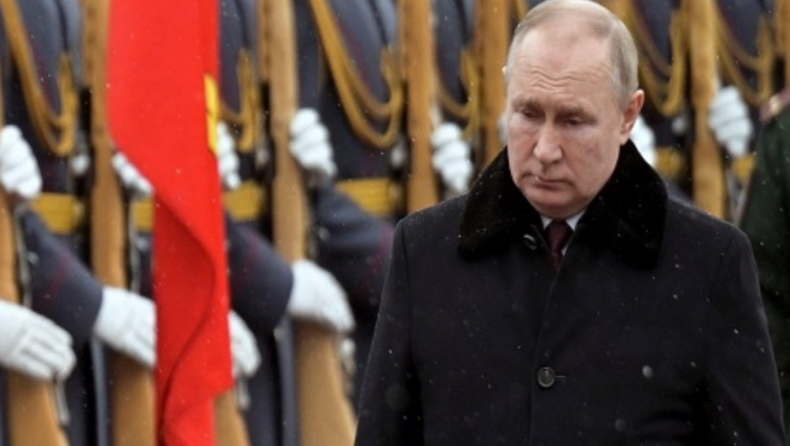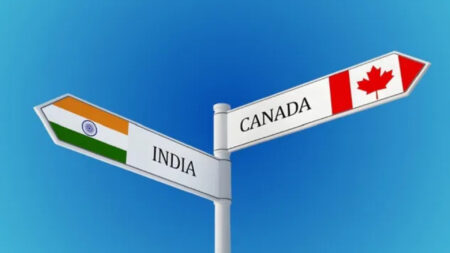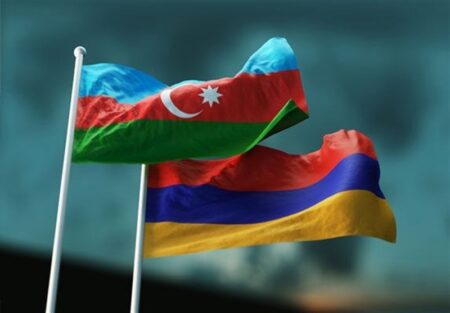
Source: The Wall Street Journal
Experts believed Russia will take advantage of the opportunity to ramp up the offensive on Ukraine. Russia increased the intensity of the attacks before victory day celebrations on May 9.
Every year on May 9th, Russia commemorates the Soviet Union’s flag triumph over Nazi armies during World War II. During World War II, almost eight million Russian soldiers are reported to have died. The Second World War is known as the Great Patriotic War in Russia and other former countries on the Soviet Union map.
On June 24, 1945, the Red Army and a small group from the First Polish Army marched through Moscow’s Red Square for the first victory day parade. Victory Day was originally observed in 1965 by Soviet leader Leonid Brezhnev, a World War II veteran.
Victory Day is Russia’s most important national holiday, and it is remembered by ordinary Russians, many of whom proudly display photos of relatives who participated in the war.
The Russian state’s approach to recounting the country’s history has always been centered on World War II. While the Allies celebrated “V-E Day”—Victory in Europe Day—on May 7 to honor the Nazis surrendering in Reims, France, Soviet leader Joseph Stalin preferred to wait until the Nazis surrendered the next day in Soviet-controlled Berlin. It was already May 9 in Moscow time when the text was signed late at night.
Scholars note that the terrible truths about what Russia’s triumph in the war meant are often overlooked in the Victory Day celebrations. Most Russians do not comprehend that the war was mostly a battle between the two dictators, not for their freedom.
What to expect on Victory Day?
The procession begins at 10:00 a.m., after months of nocturnal rehearsals in which military vehicles are kept awake till the early hours of the morning. Then 14,000 troops, hundreds of military vehicles, and planes drive through (or over) Moscow’s Red Square, where the Russian president, senior army authorities, and international leaders inspect them.
Eight Mig-29 fighter jets are flown above in the shape of the letter Z, which represents Russia’s military campaign in Ukraine. Russia showed off its nuclear-capable weapons on the ground, including the Yars intercontinental nuclear missiles and the Iskander short-range ballistic missile systems.
Why this year is significant?
Victory Day has become more than simply a day to commemorate Russia’s previous military triumphs; it’s also a day to rally support for Russia in the present and demonstrate the power of Russia’s military forces, according to Russian pundits.
Putin portrays the conflict in Ukraine as a fight to protect Russian speakers from Nazi persecution and to counter what he sees as a US threat to Russia represented by NATO expansion. The charge of fascism is dismissed by Ukraine and the West, who argue Putin is waging an unjustified campaign of aggression.
In World War II, the Soviet Union lost more people than any other country, and Putin has railed in recent years against what he regards as attempts in the West to rewrite the war’s history in order to diminish the Soviet victory.
As the Russian invasion of Ukraine enters its eleventh week, there were fears that Vladimir Putin will use Victory Day to declare all-out war on Ukraine. The invasion has previously been described as a “special military operation” by the Kremlin.
Many experts believe Putin intended to make Victory Day a deadline for achieving a military victory in the war, or at the very least declaring the Donbas region’s conquest. However, because of poor decision-making, huge supply shortages, and low soldier morale, Russian forces have become bogged down in combat. Its attempt to conquer the Ukrainian capital of Kyiv failed, and its aspirations to control the east have halted.
One of the key goals of Russian President Vladimir Putin’s “special military operation” in Ukraine is to “denazify” the country. The Kremlin’s choice of words is reminiscent of the Soviet Union’s stand against Nazism during World War II. One of the main reasons why the concern about Russia’s activities on Victory Day 2022 continues to rise is the parallels drawn with the Second World War.













